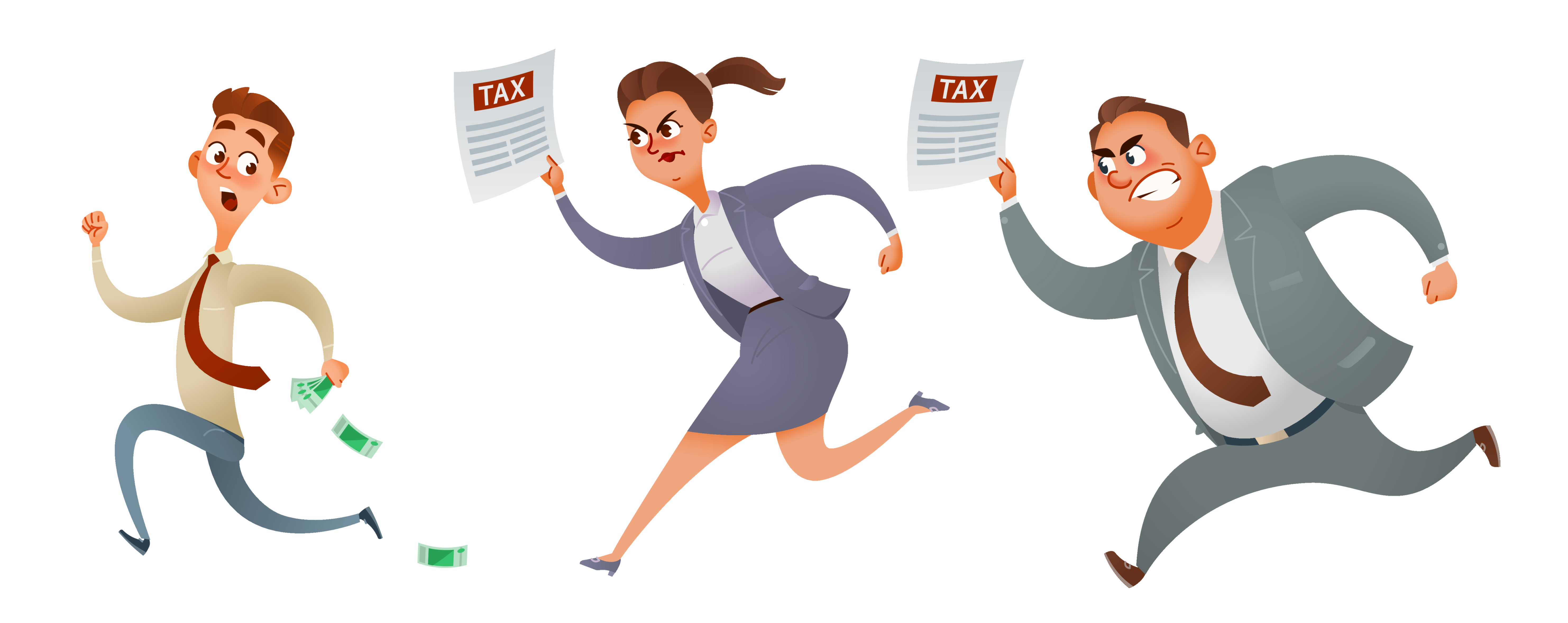
As President Biden’s student loan forgiveness plan faces legal challenges, the taxpayer impact of this initiative is becoming a growing concern. Billions of dollars in debt relief may shift to taxpayers, making it crucial to understand the financial implications. While the plan offers relief for millions of borrowers, it also significantly burdens U.S. taxpayers, the majority of whom either have responsibly paid their own debt or do not have student loan debt.
The Supreme Court has struck down Biden’s loan forgiveness initiatives twice now siting that the administration and U.S. Department of Education lack authority to forgive debt owed to the federal government. Although Biden states he intends to continue challenges to the Supreme Court decisions to strike down his loan forgiveness programs, existing laws prohibit it. Congress has sole authority to forgive federal debt and any changes for this must come from statutory changes and this would be addressed through amendments to the Higher Education Act of 1965.
How Much Has Already Been Forgiven?
Since 2022, loan forgiveness efforts canceled $167 billion in federal student loans based on loan program benefits that have been in place for decades, benefiting over 4.75 million borrowers. While the processing of the loan forgiveness occurred under the Biden Administration, it was not responsible for designing it.
At first glance, this seems like a step in the right direction for those struggling with debt, but understanding the taxpayer cost behind these numbers is critical. With a national student debt total of $1.6 trillion, the $167 billion forgiven so far only scratches the surface.
Borrower Tax Burdens on Loan Forgiveness
Borrowers whose loans are forgiven, with very few program exceptions, are on the hook for paying federal and state taxes on the amount forgiven. This is reported in a Form 1099 and will increase the “income” that determines the borrower’s taxable income. For many borrowers who have failed to pay off their loans over 20-25 years, this tax burden is a financial burden that could have devastating consequences.
What Taxpayers Are On the Hook For
The likelihood of Biden’s loan forgiveness initiatives ever coming to fruition is extremely low. If they are ever realized, the most recent student loan forgiveness plans could add another $84 billion to the taxpayer bill. This comes on top of the $475 billion in debt relief already expected from the administration’s SAVE plan, as the Wharton Business School projected. Together, these figures represent a massive shift in public funds, shouldered by taxpayers.
While designed to help individual borrowers, forgiveness plans have the potential to burden millions of Americans who do not benefit directly from these programs. Public resources fund every dollar forgiven, and the total taxpayer burden grows as more debt is erased.
Long-Term Effects on Public Funds
If Biden’s student loan forgiveness plans progress, it could lead to higher federal spending. It would impact public services and possibly lead to tax increases. Taxpayers might feel the cost in various areas of the economy, with potential consequences such as reduced funding for other federal programs or an increase in national debt.
The Wharton Business School estimates that Biden’s current forgiveness plan could eventually cost taxpayers over $500 billion. This figure is just for the proposed relief initiatives in progress. Any additional forgiveness plans could push that total even higher, raising questions about the sustainability of such measures for the broader U.S. economy.
The Burden on Future Generations
Beyond immediate taxpayer concerns, future generations will bear the financial weight of today’s loan forgiveness programs. As federal debt increases, younger taxpayers may face the burden of financing the loan forgiveness of previous generations. This sets a potentially dangerous precedent, where future economic challenges could arise from accumulating national debt due to large-scale student loan forgiveness.
Alternatives to Broad Forgiveness
Critics of Biden’s forgiveness initiative argue that targeted solutions could alleviate debt without placing such a heavy burden on taxpayers. Programs like income-driven repayment (IDR) and Public Service Loan Forgiveness (PSLF) could support needy borrowers without broad forgiveness. Improving affordability, lowering interest rates, or offering targeted relief could also prevent a large financial burden on taxpayers.
Take Proactive Steps
With the financial burden of student loan forgiveness potentially shifting to taxpayers, it’s more important than ever to take proactive steps in managing your student debt. While the future of loan relief remains uncertain amidst legal challenges, you don’t have to wait for the courts to decide. You can avoid costly consequences like default by exploring repayment plans, staying engaged with your loan servicer, and seeking expert guidance.
Champion Empowerment Institute offers mentorship programs and online resources to help borrowers navigate their options and maintain financial stability. Don’t wait—take charge of your financial future today with Champion’s support.
The Taxpayer Cost of Student Loan Forgiveness
While Biden’s student loan forgiveness plan offers significant relief to borrowers, it comes at a high cost to taxpayers. If the courts rule in favor of the Biden administration, taxpayers will shoulder the responsibility for hundreds of billions of dollars in loan forgiveness. This financial burden could impact public services, federal spending, and future tax rates. As the debate continues, weighing the benefits of debt relief against the long-term economic implications for taxpayers is crucial.
References:
Copyright 2024 Champion Empowerment Institute